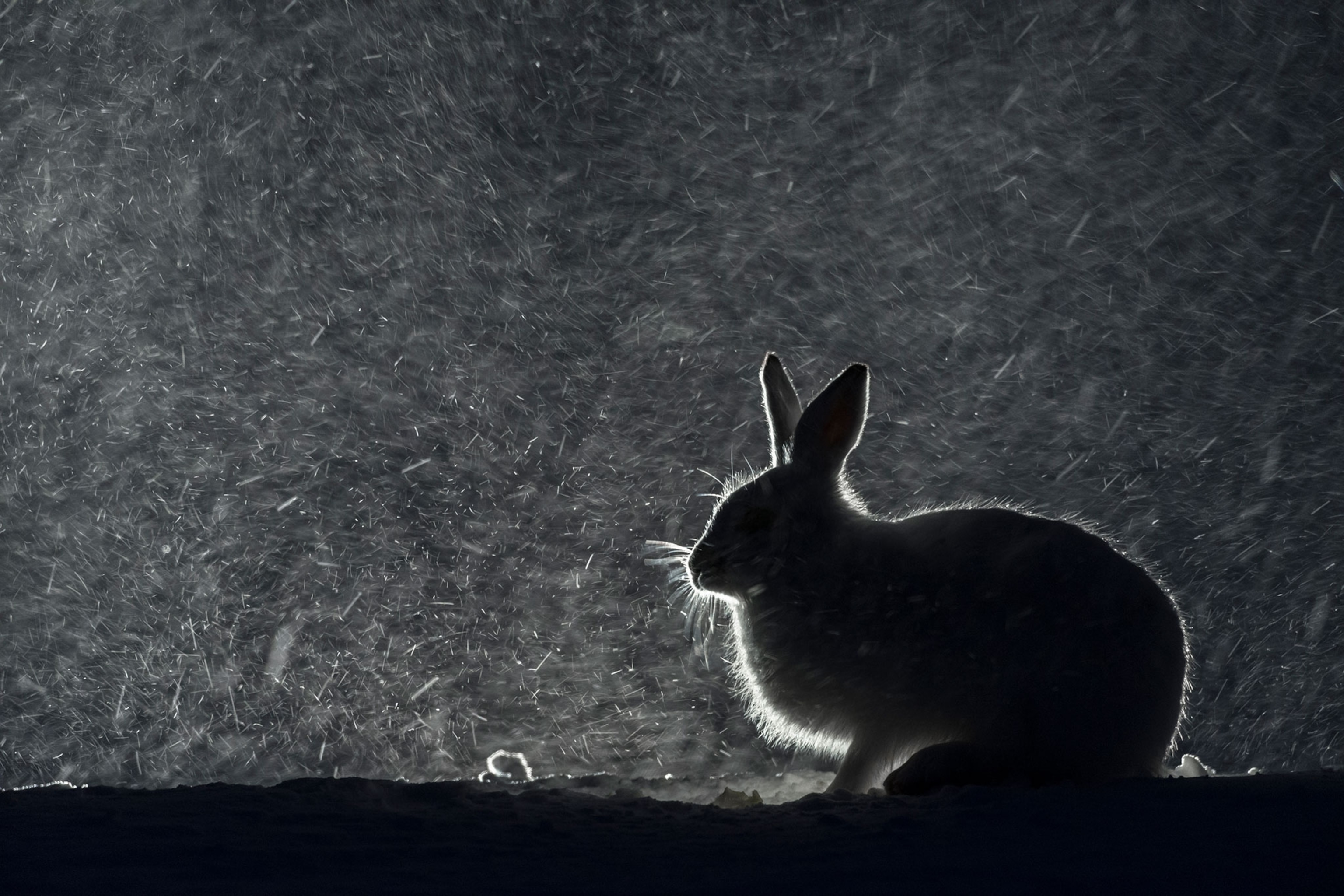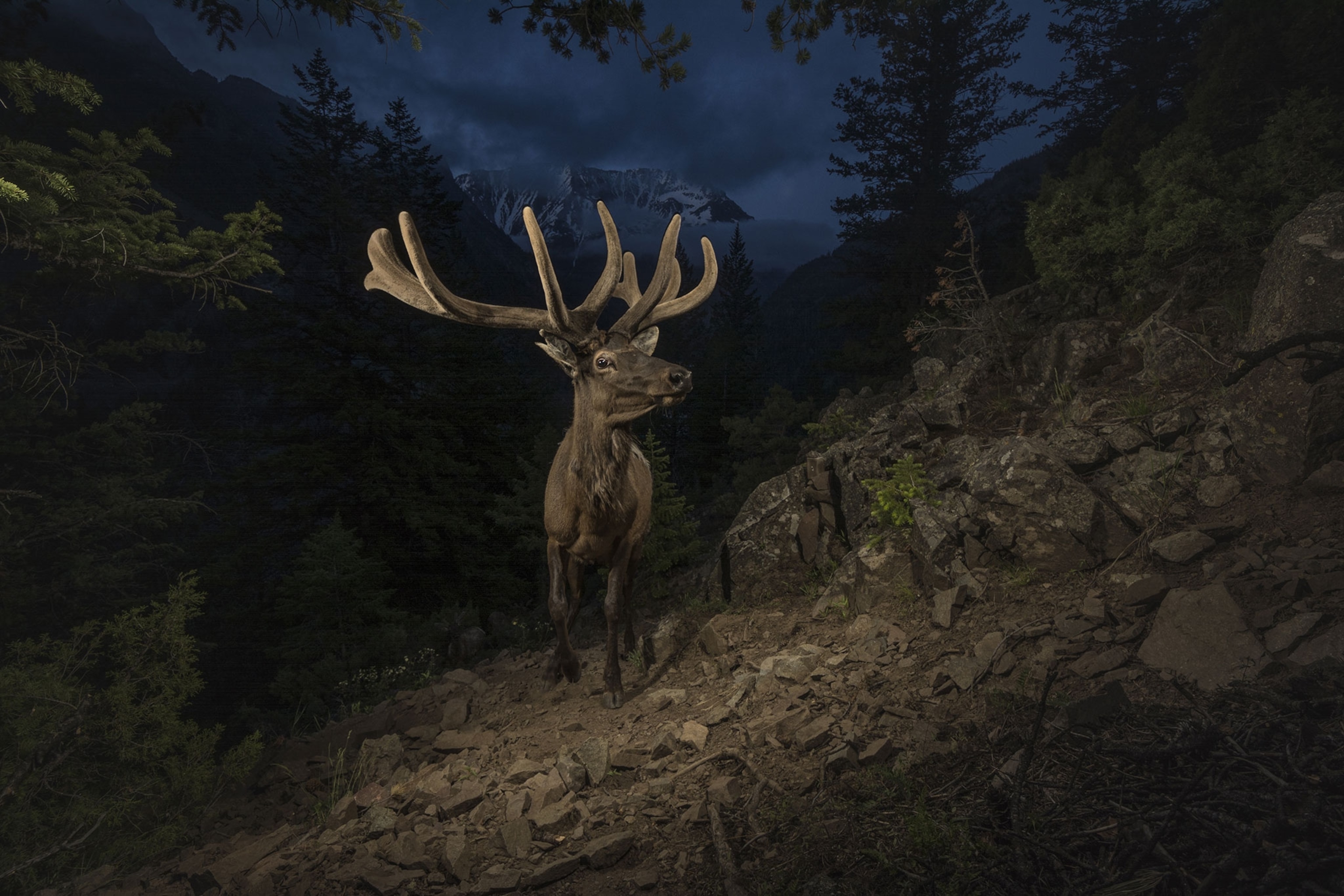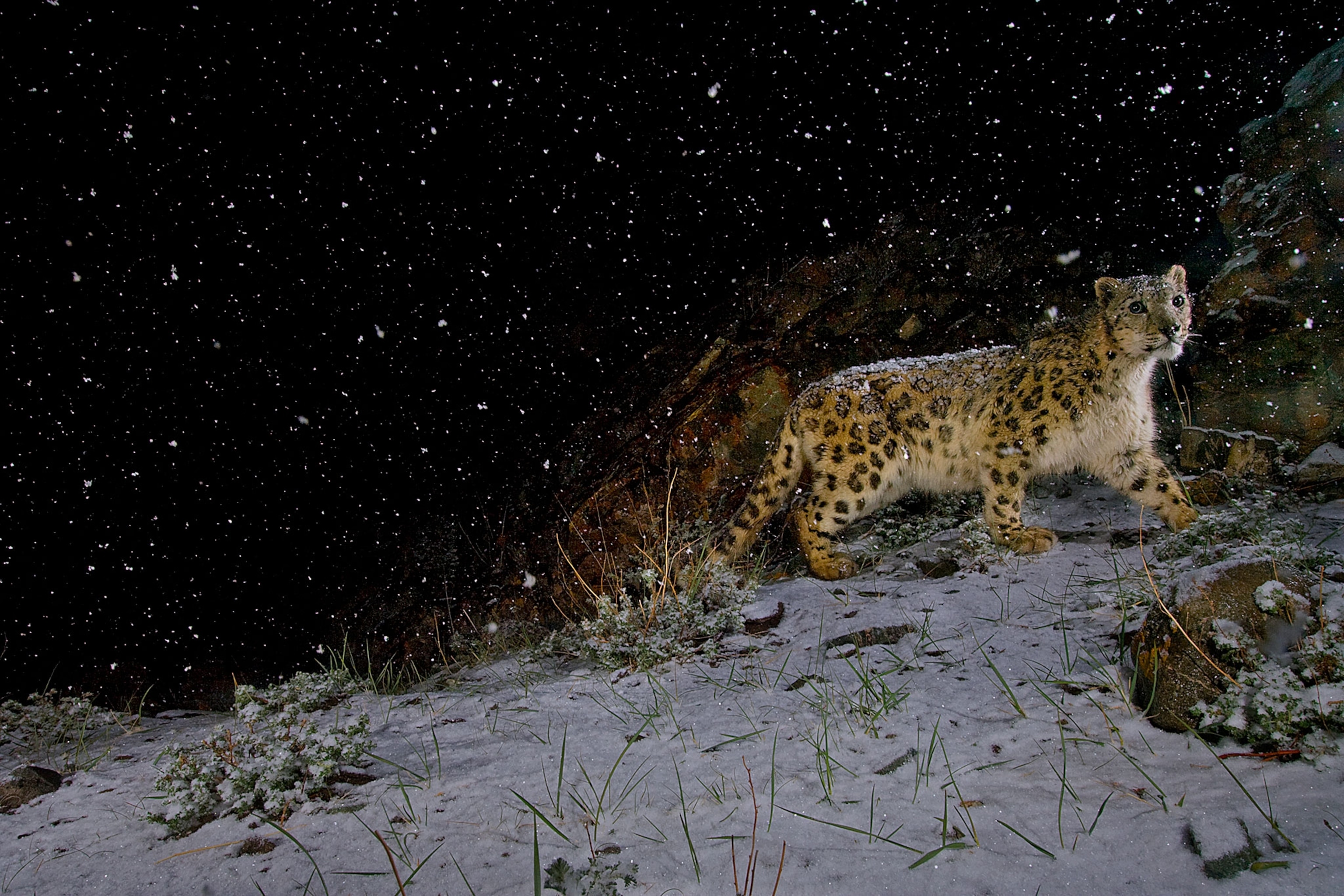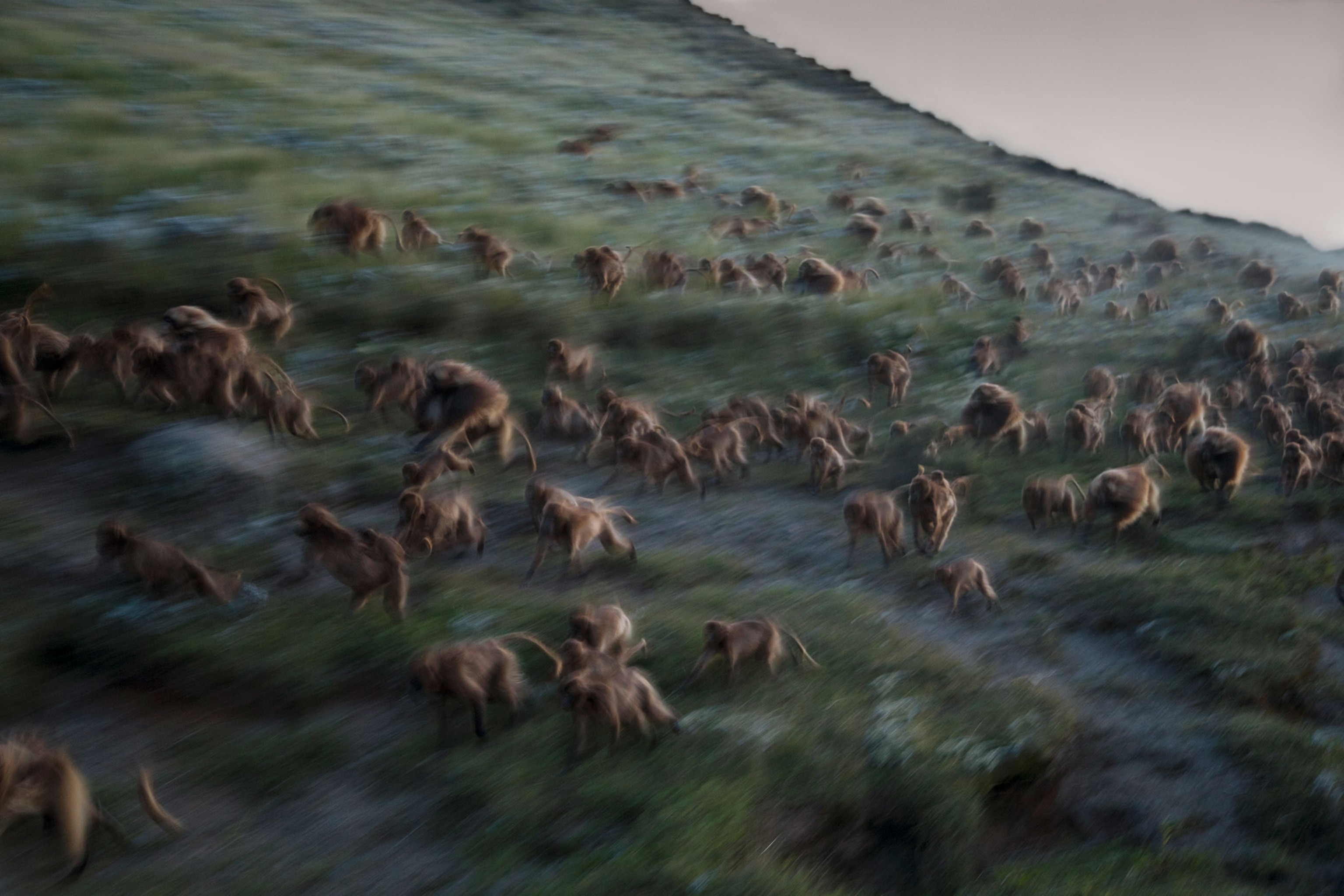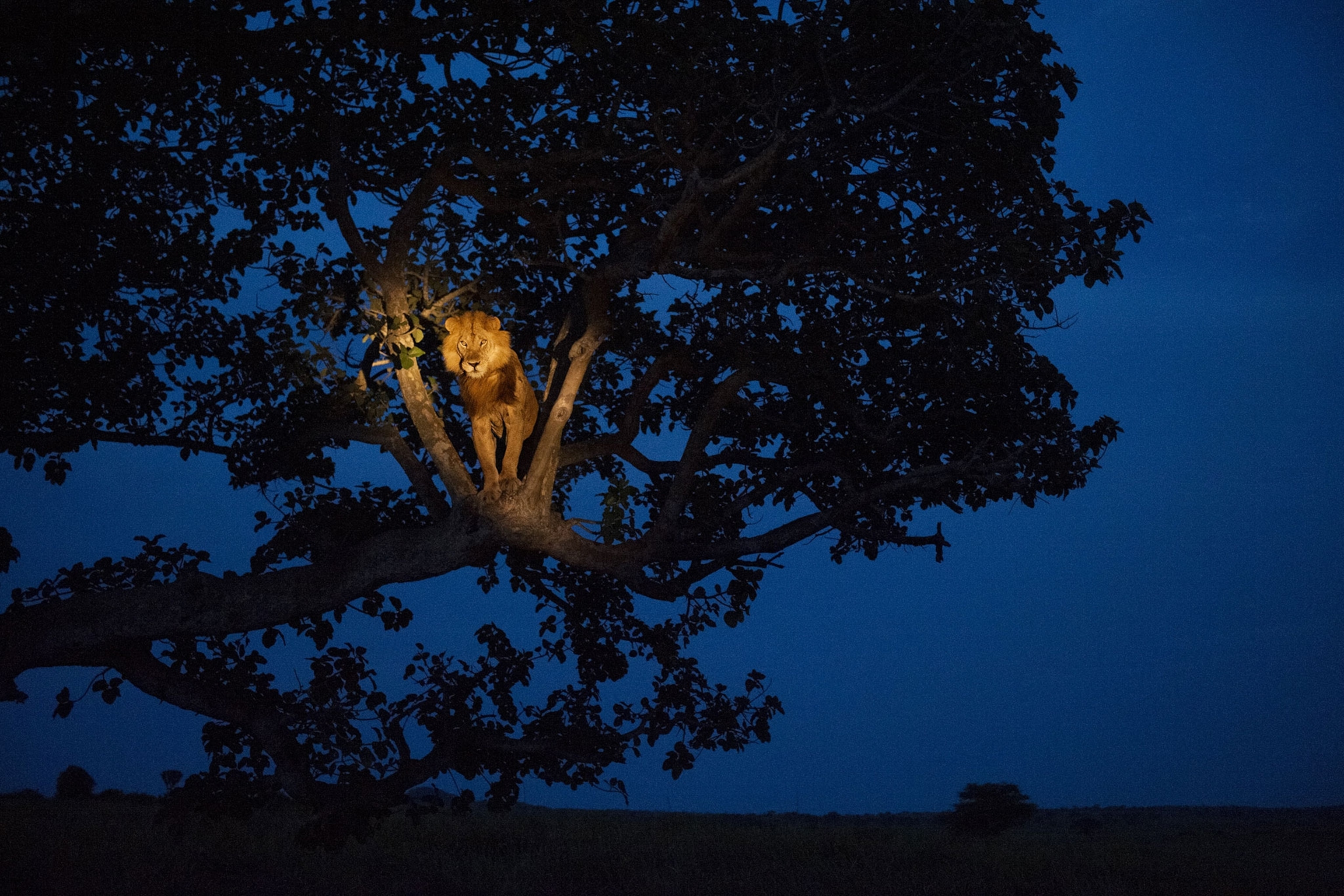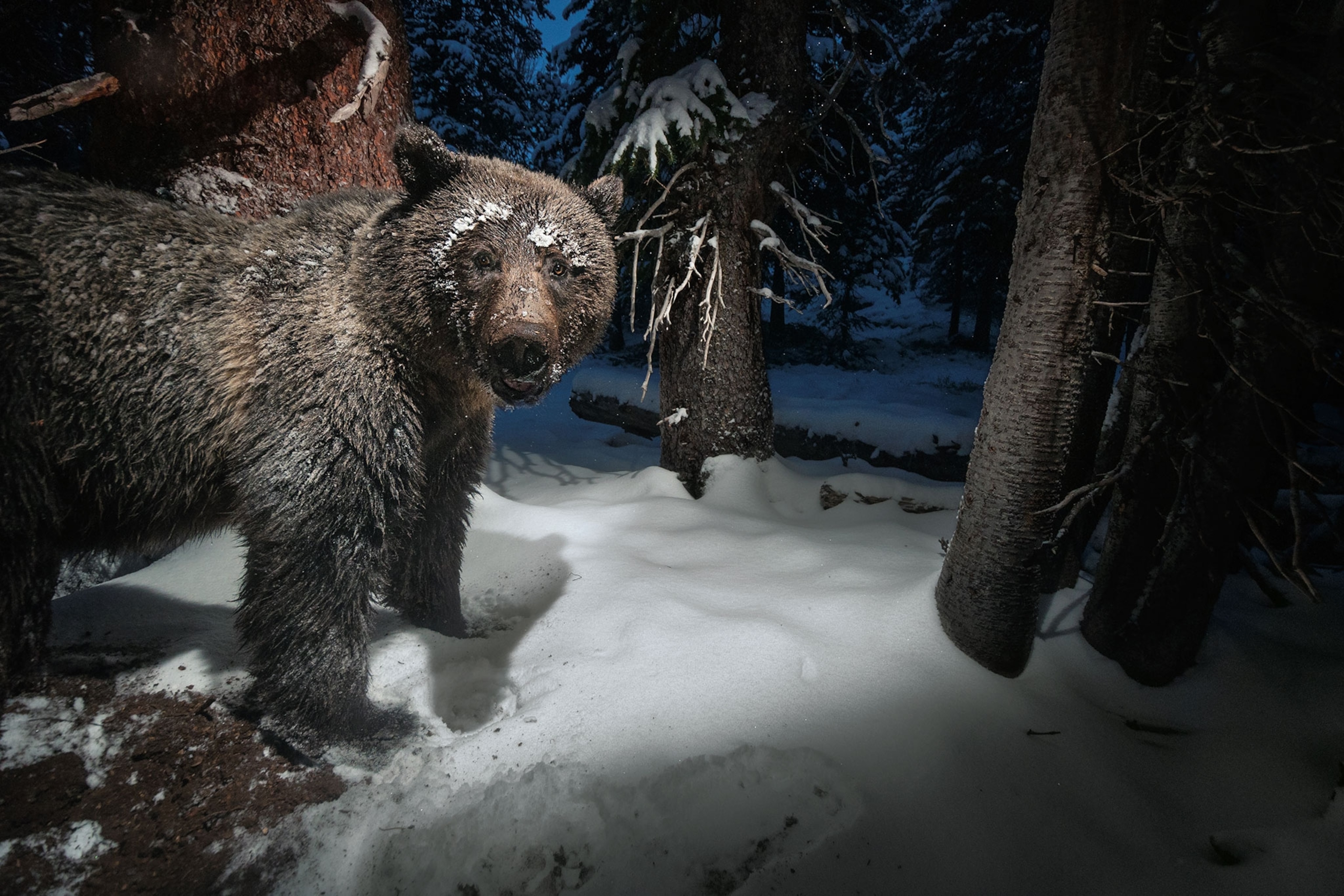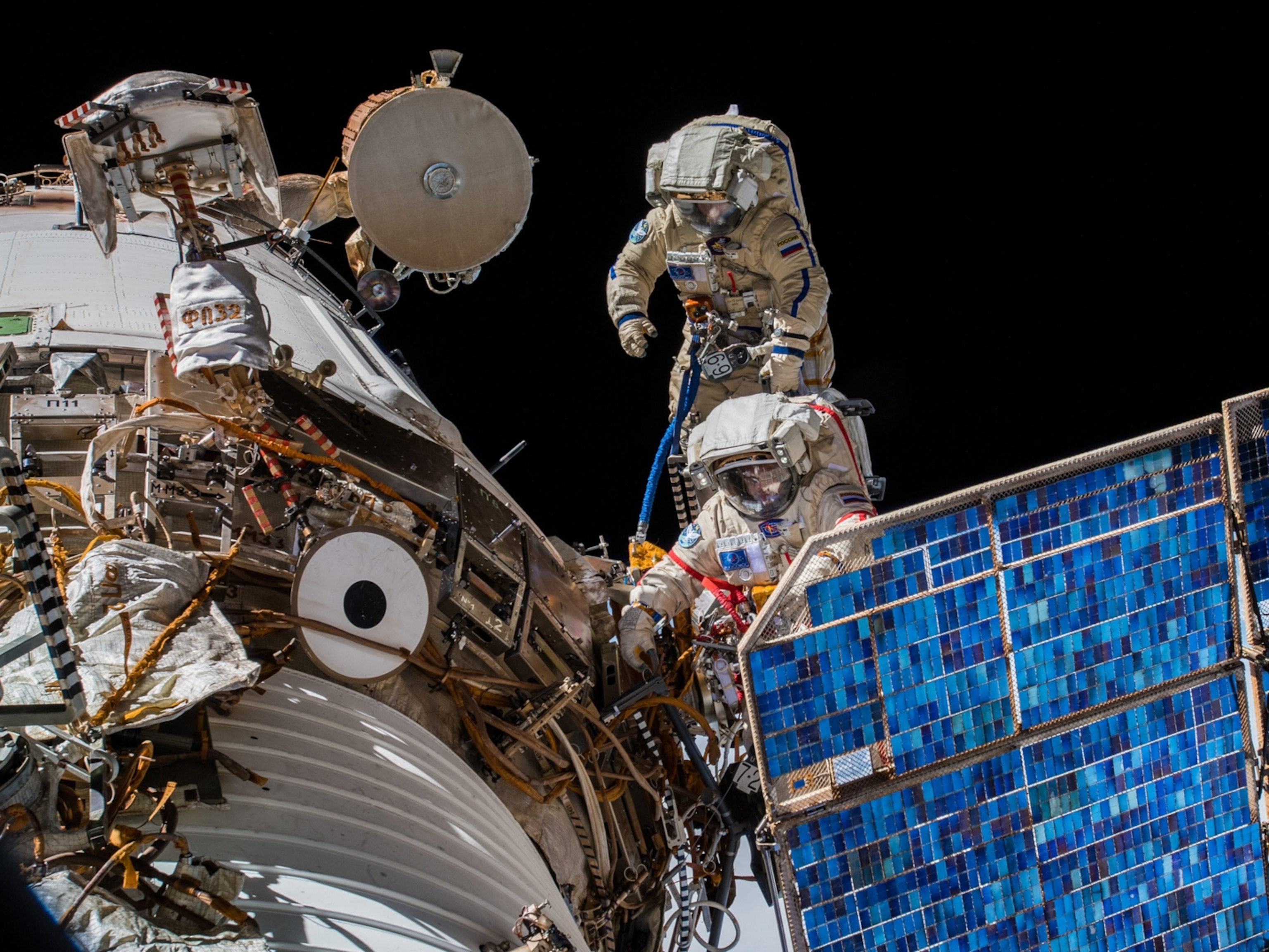There’s a reason why people who stay up late are called night owls. That’s because owls are always awake and active when the sun is down. This is called nocturnal behavior, and it’s common among many animals. They become more active at night to hunt, mate, or avoid heat and predators.
How do animals see in the dark?
Nocturnal animals have evolved physical traits that let them roam in the dark more effectively. The eyes get bigger and the pupils widen. Owl eyes, for example, are so big that they can’t move in the socket, but their wide pupils help them collect more light.
A reflective layer called tapetum sits behind the retina; any light that passes through the eye reflects back onto the tapetum. The retinas contain rod cells, which pack their DNA in a way that turns each cell’s nucleus into a light-collecting lens. This is different from how the rods of non-nocturnal animals or humans work.
Night Creatures
Other adaptations
Sight isn’t the only feature nocturnal animals rely on. Some depend on other senses to adapt to the darkness.
Animals like owls and large cats have specialized hearing to hunt at night; owls’ ears are offset and ears of large cats are highly maneuverable.
Many nocturnal animals, though not nocturnal birds, have a good sense of smell and often communicate with scent marking. That sense of smell comes from the Jacobson’s organ located in the roofs of their mouths. When an animal pulls its lips back and grimaces, it enhances the sensitivity of the organ.
Some animals, like snakes, use taste to navigate and locate prey.
Specialized hairs with sensory receptors play an important role in many animals’ ability to find food at night. In mammals, the receptors are on the whiskers. In arthropods, the receptors are on hair that covers the animal’s entire body. Spiders also use their webs as sensory tools to alert them when they catch prey.
Some animals with the extrasensory adaption use echolocation to navigate and find food—bats for example. Bats release a high-pitched sound that bounces off objects, including prey. The echoes tell the bat how far away the objects and prey are. Some snakes have heat-sensitive sensory receptors that, like echolocation, help them navigate and find prey.








